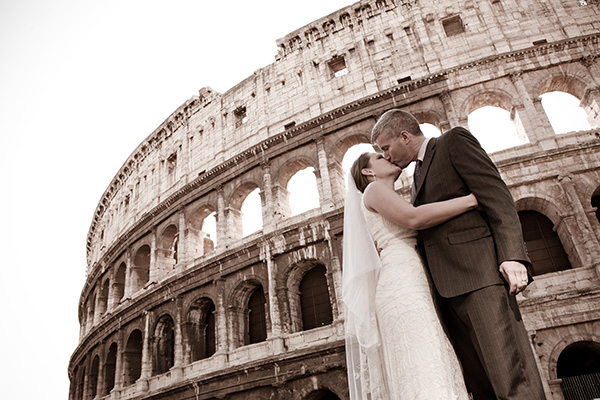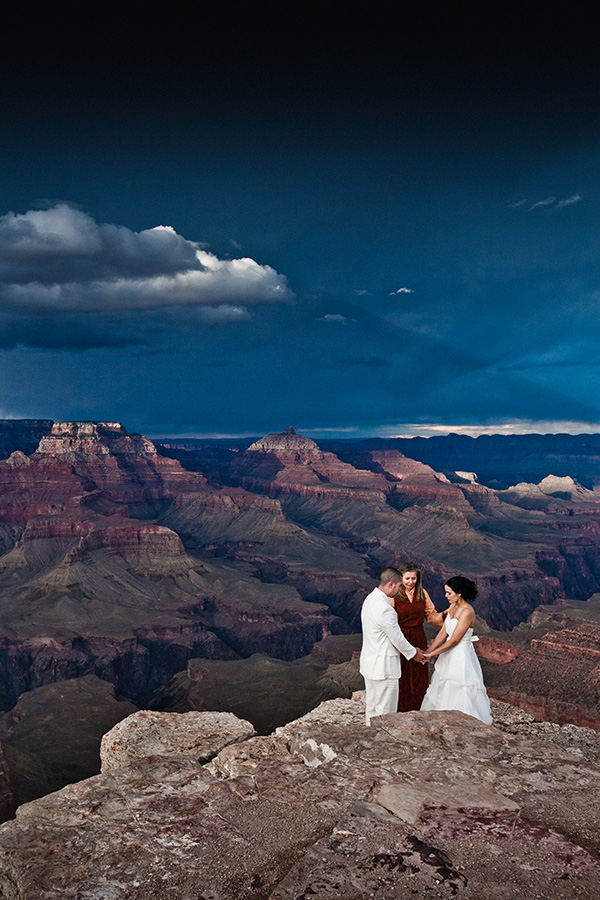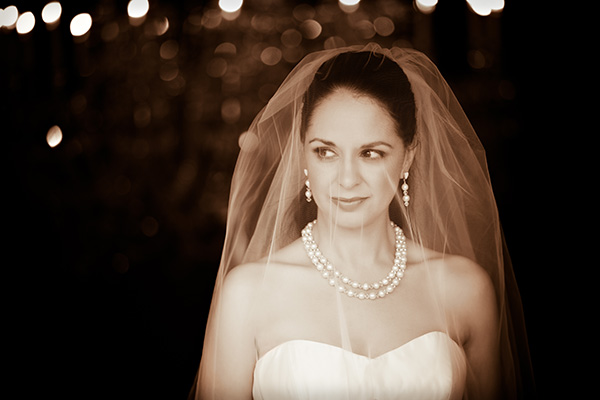Share
Jared Platt On The Link Between Creativity and Efficiency
Aside from his Arizona-based wedding and portrait photography business, Jared Platt is best known in the industry as a master of workflow efficienc...
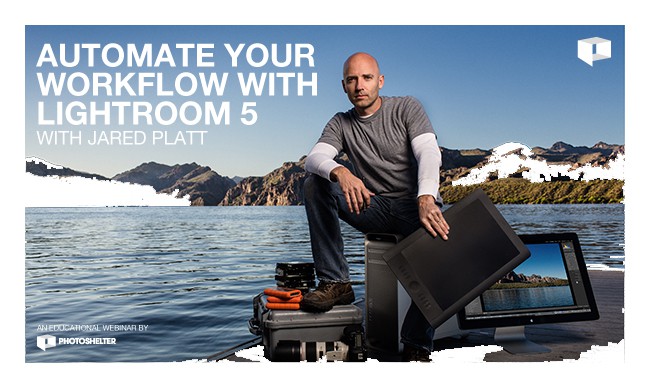
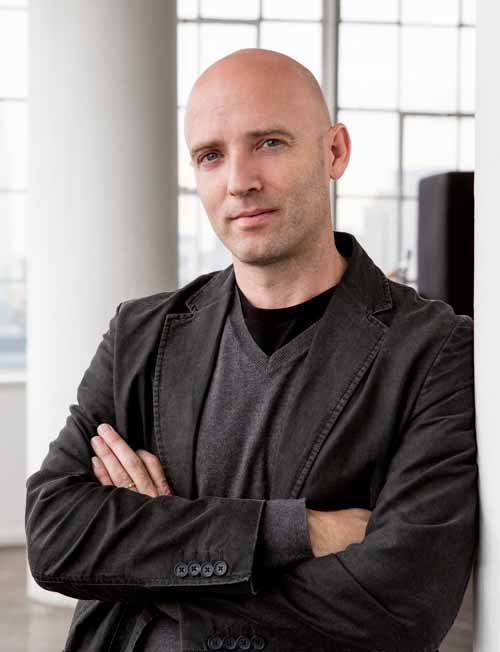 Aside from his Arizona-based wedding and portrait photography business, Jared Platt is best known in the industry as a master of workflow efficiency – specifically using Lightroom. “I began my career in a commercial studio that catered to clients like PetSmart,” says Jared, “and cataloging work like that requires organization and efficiency. So you might say, I was raised in efficiency.”
Aside from his Arizona-based wedding and portrait photography business, Jared Platt is best known in the industry as a master of workflow efficiency – specifically using Lightroom. “I began my career in a commercial studio that catered to clients like PetSmart,” says Jared, “and cataloging work like that requires organization and efficiency. So you might say, I was raised in efficiency.”
After over a decade of fine-tuning, Jared has further honed and developed workflow strategies that save him tons of time – and money – on a daily basis. He’s so passionate about maximizing his time that he even calls efficiency an “addiction”.
Fortunately for us, Jared isn’t one to keep secrets. He’s been teaching workshops and college courses for 12+ years, most recently for creativeLIVE, and has made his robust presets collections available for download. Jared is also hosting an upcoming free webinar with PhotoShelter, Lightroom 5 Tips for Automating Your Workflow & Portfolio, on September 24th at 4pm ET.
Knowing that digital workflow isn’t always the most thrilling subject in photography, we got Jared to talk about the close relationship between creativity and organization, as well as the above-and-beyond things he’ll do for his clients (and ok, we threw a question or two in there about Lightroom).
You talk a lot about the link between creativity and organization. Why do you think the two are so closely related?
Creatives are typically unorganized people, which is why they are so creative. They can focus so intensely on a given project that everything else just disappears. But this is also the creative’s Achilles’ heel. It doesn’t matter how creative you are – if you are disorganized, it will stand in the way of delivering the content that will make you financially and artistically successful.
For example, I took some amazing photographs in Paris in 1998 on film, but the film was stolen (in part due to my poor planning). Does it matter how good the shots were if I can not share them? If you can’t find the images you captured and deliver them at a moments notice, you need to make changes in your digital asset management strategies or give up on doing anything of significance in this modern world.
Are you concerned that automating your workflow might mean your images lack a personal touch?
Automation is the process of accelerating production by making every effort more efficient. This does not mean that there is a lack of personal touch to an image or a project. What it does mean is that every effort you make moves you further toward the goal line, because you have taken the inefficiencies out of the process.
Anything you do more than once should have an automation process built to remove that mundane effort from your daily operation. You certainly can remove the individualism of each the individual images you are producing if you take automation to its furthest conclusion, but there is a proper balance between art and industry. The art keeps people interested in what we are doing, the industry keeps us in business to shoot another day. If you are going to stay in business, you are going to have to be efficient and that means automation.
You’ll do anything for your clients (even hike the Grand Canyon!). What’s the key to great customer service and lasting client relationships?
Clients self-select based on the portfolio they see and the persona you project. The clients I attract are adventurous working professionals who tend to appreciate photography and art, and want something more that just a set of photographs – they also want an experience to go along with the images. Personality has a lot to do with their choice. They feel connected and they can feel that I am interested in them. I follow and project quite loudly the statement by Cartier-Bresson, “Photography is nothing, it’s life that interests me.” My clients don’t want just a gear head that knows how to take great pictures, that can turn any human into a super model. They want someone who listens to them, observes their interaction,s and portrays them for who they are (the best version of who they are, to be sure). So the key to working with my kind of client is getting to know them, spending time with them without shooting.
When I photograph children, the bulk of my time with them is playing, earning their trust, and observing their personality. Taking that time leads to capturing moments and expressions that really matter to the parents. The same is true of a portrait or a wedding client. When dealing with living subjects, the tools and the technical skills are secondary to the personality and observant nature of the photographer.
How can photographers build a portfolio that showcases their best work, fresh take, and brand without spending hours sifting through their archive?
The most important thing a photographer can do for his or her portfolio is to spend a little extra time during the post-production of each job to rate and keyword the images they have selected. By spending an extra fifteen minutes making the images searchable by criteria and quality, the photographer will remove days and days of scanning through old photographs for images.
A simple search or even a smart search which is always updated in real time will reveal images based on criteria and ranking in seconds rather than days. These automated search results will yield photos perfect for the moment, or inspire additional searches for other images which can all be collected together for the specific needs of the moment. Searching one’s portfolio should never be a dreaded task, but a simplified and targeted walk down memory lane. But this kind of efficiency is only available to those who invest in their portfolio during the initial post-production on each job.
So what three Lightroom features could you not do without?
- Auto Sync: I live in the Auto-Sync mode in the Develop Module. It is this mode that makes adjusting images quick and painless. Other sync methods are slow and cumbersome, and while they are needed at times, the auto-sync mode is the most effective tool in faster post processing.
- Relative Adjustments: The relative adjustments in the Library Mode’s Quick Develop panel is indispensable when adjusting mass images that may have already been adjusted previously, or have a wide variety of color temperature settings on them already. Simply taking an entire job of images up or down in exposure, relative to their current settings, makes the Quick Develop panel a powerful tool in the efficient photographer’s arsenal.
- The Painter Tool: The Painter Tool in the Library Module’s Grid Modes allows for quick application of keywords to photos without the complication of writing and re-writing keywords. Simply spray the keywords, like you are spraying graffiti on an overpass (hopefully you are not actually doing this). This one little tool allows me to intensely keyword hundreds of images in just a few minutes. And that keywording will save me days of work in the future.
- Importing/Exporting Catalogs: The ability to export catalogs with smart previews, work on them on the road, and re-import the changes when I return allows me to work on the road (and I spend a lot of time on the road) and not miss a beat. Furthermore, this ability makes outsourcing my images to my post production house extremely simple and fast. Outsourcing the basic color correction on large jobs gives me the freedom to work on other more important and lucrative tasks.
If photographers had to choose just one of your presets to use, which would you suggest?
The Ultimate Lightroom Workflow is the gold standard for the photographer who needs to understand file management, workflow and efficiency in post-production. It is simple, easy to follow and full of life changing tips. But for the person who is pretty organized already, but doesn’t know the ins and outs of Lightroom, then Lightroom 101 is the ticket. Both of these can be found on creativeLIVE.com.
You actually have some upcoming workflow workshops with creativeLIVE – when and where are they?
The first is September 4th-6th on “Photoshop and Lightroom Plugins 101”. This is a great introduction to the plugins that can be used in Adobe’s seminal programs. Photographers will learn about building a workflow that incorporates plugins, saving time and money in the post-production process. We’ll also explore the built-in tools in Lightroom and Photoshop for creating and implementing your own plugins. You can register for that here.
The second is September 11th-14th in Budapest, Hungary on ” The Ultimate Photography Workflow at the Camera and in the Lightroom”. This one is really exciting because we’ll spend a week in beautiful Budapest and learn how to move your images through the pipeline, from shooting on location to post production. It’s your chance to have me all to yourself…almost! I’m giving three days of in-depth, personal instruction in the classroom and in the field. In the classroom, you will learn how to manage your digital world, how to speed your images through post-production, and how to get the most out of every image in Lightroom and Photoshop. You will also have shooting opportunities each morning and afternoon to shoot with me and capture images for your classroom lessons. During these on location sessions, you will learn how to choose and track locations, expose for post-production efficiency and get a gimps into Jared’s shooting methodology. More info is here.
